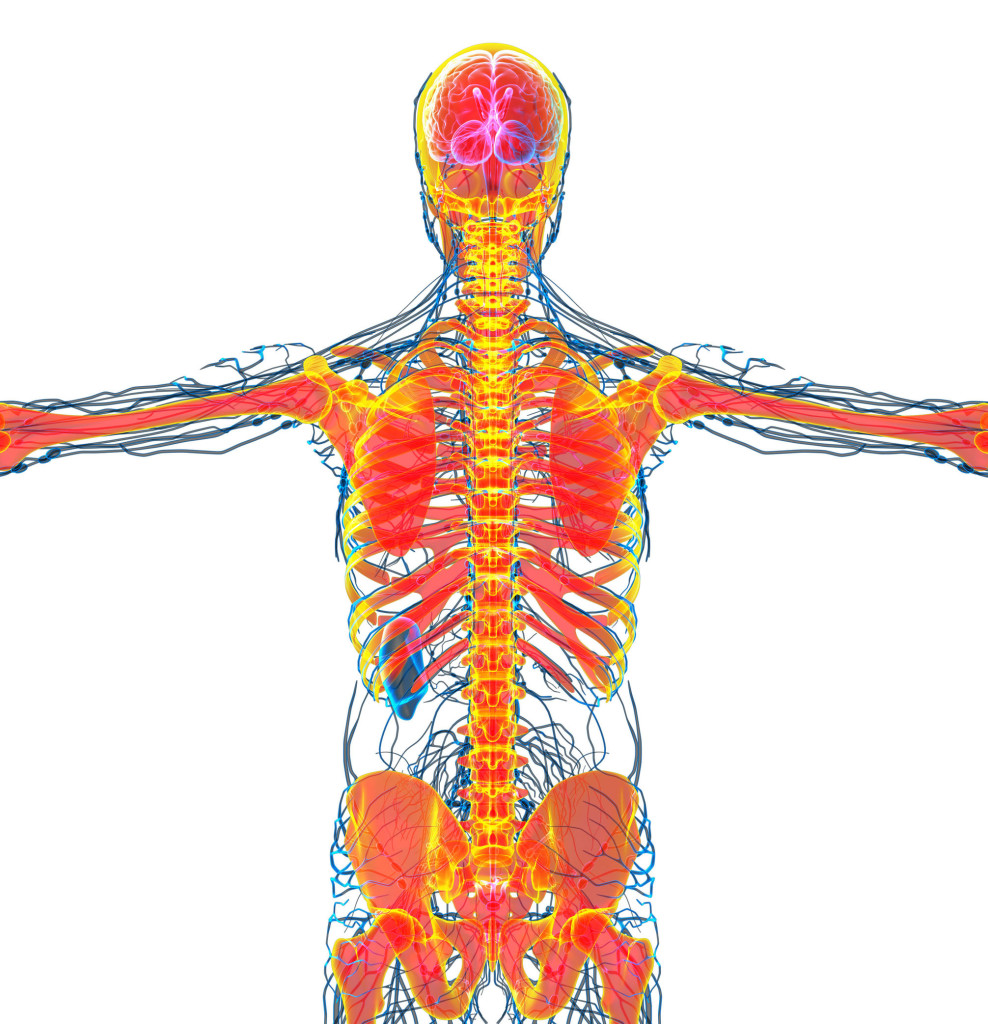Connective Tissue Disorders & the Spine
Category: Spine | Author: Stefano Sinicropi
 Connective tissue disorders are conditions that involve the connective tissues in the body (joints, muscles, skin, and numerous organs). There are more than 200 specific types of connective tissue disorders, but in this blog we would like to focus specifically on those that involve the spine.
Connective tissue disorders are conditions that involve the connective tissues in the body (joints, muscles, skin, and numerous organs). There are more than 200 specific types of connective tissue disorders, but in this blog we would like to focus specifically on those that involve the spine.
Inherited Connective Tissue Disorders
These disorders are genetic in nature, meaning they can be inherited at birth. Most are extremely rare. Some of the more common inherited connective tissue disorders include:
- Marfan Syndrome. Marfan sufferers are often tall and lanky, and can have bone and joint pain.
- Osteogenesis Imperfecta. People who suffer from this condition typically have frail bone, and joint problems, which can cause spinal curvature.
- Ehlers-Danlos Syndrome. There are numerous disorders within this category, but most involve overly flexible joints and unnatural scar tissue growth. In some cases this can lead to a curvature of the spine.
Autoimmune Connective Tissue Disorders
Other forms of connective tissue diseases are not inherited. These fall under the category of “Autoimmune Connective Tissue Disorders” and have no known cause. Examples of autoimmune connective tissue disorders include the following:
- Rheumatoid Arthritis. This condition impacts the body’s joints, often resulting in inflammation, stiffness, and pain in the spine.
- Mixed Connective Tissue Disease. Also known as MCTD, mixed connective tissue disease is diagnosed when patients have symptoms that are characteristic of numerous other connective tissue disorders.
Treating these disorder is multi-faceted and complex. Treatment options can include pain medications, injection therapy, or surgery. If you suffer from a connective tissue disorder, always be sure to inform your physician before any procedure, as it may impact the surgical tactics and outcome. If you are experiencing symptoms of a connective tissue disorder and have not been diagnosed with one, make an appointment with your physician and see what treatment options are available.